Home delivery on a roll
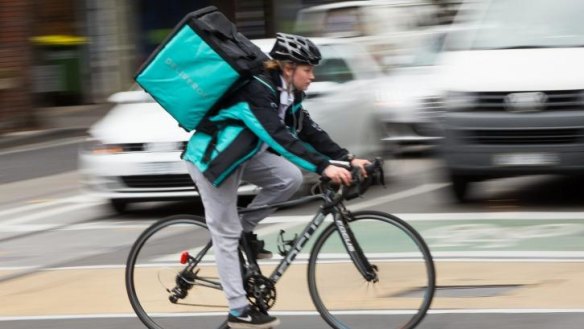
Dining out at home. It's the oxymoron at the heart of an industry worth in Australia $6 billion a year and growing. It's takeaway, but not as we know it. In the bloodless terminology of marketing, we're talking about "home delivery platforms", and they're coming with your supper.
UberEATS well and truly upped the ante when it launched in Melbourne last month, attracting the kind of media attention normally attending the birth of a royal baby. It's only the high-profile latecomer, however, to an ongoing feeding frenzy fuelled by bike couriers for Deliveroo, Foodora and various competitors zipping conspicuously around Australian capital cities.
Its appeal lies in a mixture of good old-fashioned one-upmanship (ordering 10 lobster rolls to cater for that important boardroom meeting) and avoiding that sense of self-loathing that follows in the wake of conventional greasy takeaway. It's self-respect, in tracksuit pants – or self-delusion, according to critics who claim restaurant food often doesn't travel well and leaves an embarrassment of takeaway containers in its wake.
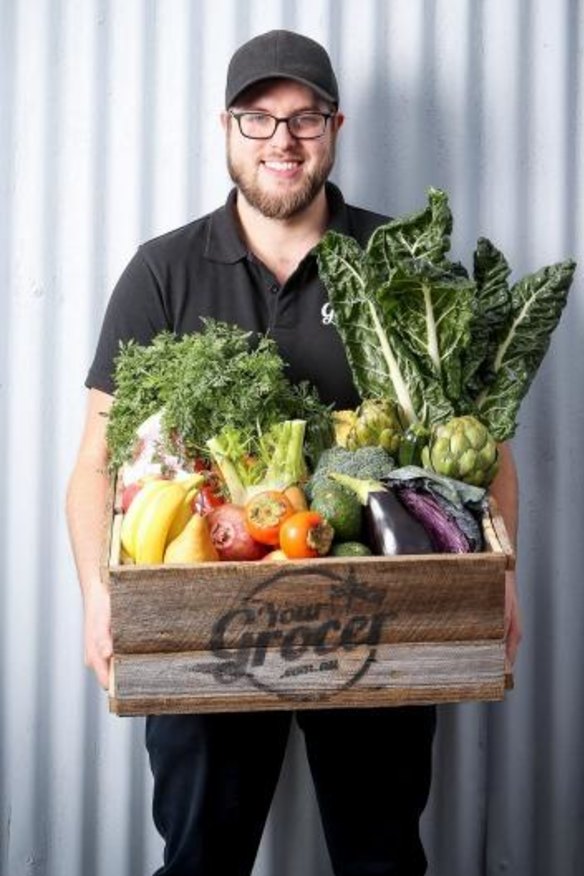
Perhaps the truly revolutionary thing is that the rise of the new home food delivery is based on technology that turns what used to be the social, interactive impulse of going out to a restaurant and sharing a meal into an isolated, individual experience. This is fancy food with no (or very limited) face time. Tip the delivery driver if you want (although sadly for its drivers, the FAQ section of the UberEATS site says "there is no need to tip your courier") but apart from the person who hands over the nosh, the transaction – from the ordering to payment and even the apres-meal rating system – takes place entirely in the virtual realm.
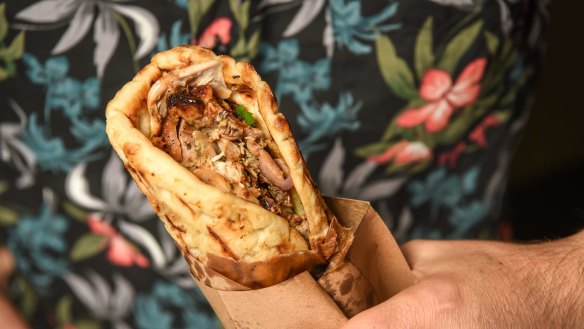
Not that the brave new world of the home delivery food app can be accused of being entirely dystopian. Even Aldous Huxley would have had nights when he'd rather eat noodles from a box in front of the TV instead of heading to his local. As Delivery Hero's Australian chief executive Clive Thorpe says, "Back five years ago on a Friday night you might have delved into the bottom drawer of the kitchen where it was full of takeaway menus. You choose, order your Chinese, and 45 minutes later it turns up at the door, where you pay cash and the guy has no change, which is a bit annoying."
As for these days: "You've only got to look at the way people's habits have changed. Technology has completely taken over."
According to Thorpe, the power has well and truly swung in favour of the consumer. "I call it the three Cs: choice, convenience, clarity. Choice in terms of 4000 restaurants nationwide. Clarity in terms of, I know exactly how much it's going to cost me. Convenience where you don't have to pick up the phone – on your way home on a bus or a train you can just click on an app."
It's difficult to nail down exactly how much the home food delivery industry is worth in Australia – that $6 billion annual figure includes pizza behemoth Domino's, for example. As Thorpe says, "with these numbers you just put your finger in the air, it's such a new industry it's hard to pinpoint exact figures."
But aside from the known unknowns, what we do know is that the sector is big – very big – and growing faster than venture capitalists can throw money at it.
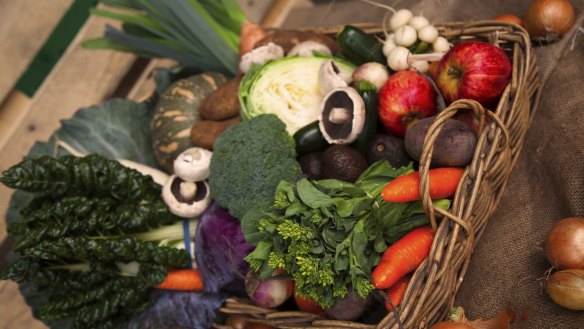
Menulog, which was taken over by Just Eat in an $855 million deal last year, dominates the Australian market, with Foodora and Deliveroo nipping at its heels. The German-based Delivery Hero (its co-founder and chief executive Niklas Ostberg was one of Wired magazine's 100 most influential people in the tech world, and is generally portrayed as the Steve Jobs of food delivery platforms) is the parent company of Foodora but got its own foothold in the local market with the takeover of startup Suppertime. One of the industry's whales, globally it is in more than 30 markets and boasts a valuation in excess of $3 billion.
If it all sounds a bit confusing, the take-home message for the consumer is this: the sector is strong, and growing, so we can only expect more competition, more deals, and more meals on wheels as restaurants without their own delivery service sign up to various platforms where the pesky transportation issues are taken care of for them.
And the potential? You need only look to the pace set by the United States, where it has been decided by those with the luxury of money that planning meals, grocery shopping and cooking are chores to be avoided at all costs. Convenience is key. The new frontier in the home delivery wars is currently being mapped by David Chang, who is launching from its own Manhattan Midtown space a home delivery-only version of Momofuku, known as Ando, where food will be ordered via app and delivered by UberRUSH. The New York Times, meanwhile, is also getting in on the action, partnering with online meal kit business Chef'd so people can order meal kits based on the newspaper's online recipes.
The San Francisco-based UberEATS is currently enjoying its Melbourne honeymoon, the company's third excursion outside the US (it plans to expand next to Sydney at an unspecified date). UberEATS' Australian general manager Simon Rossi says while figures aren't available on the number of orders made so far, its Melbourne app has had 100,000 downloads in its first month. "We're really happy with the growth," says Rossi. He won't comment on the commission restaurants pay to be on the platform – rumoured to be about 30 per cent. Restaurants often make a margin of only about 10 per cent – as industry consultant Tony Eldred points out, "A restaurant can't afford to give them 30 per cent without losing a lot of money." Rossi counter-argues that home delivery platforms such as UberEATS increase sales without increasing a restaurant's overheads, and can virtually expand the finite number of seats in a dining room. "Some of our restaurants have said they have seen (the app) drive customers into their stores as well."
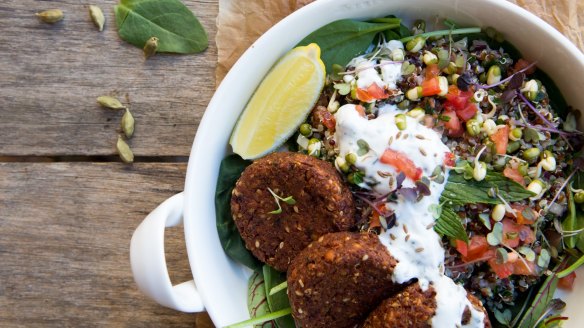
A new age of convenience foods
The home delivery wars have been fought on a battleground otherwise known as "who has the poshest restaurants", but indirect competition comes in myriad forms. Convenience is key when you can click and remain happily on the couch.
Vegie boxes
The early adopters of home delivery technology were right onto the vegie boxes, a then-revolutionary concept of fresh produce being delivered to your door. These days the home delivered produce is a way to feel connected to the land in a way the fruit and veg section at Coles and Woolworths can only dream of replicating. In Sydney, Ooooby delivers certified organic or chemical-free fresh produce sourced locally. "We are as local as we can get but will go a bit further if we need, such as Queensland for banana and pineapple," says Ooooby's Murat Keskin. In Melbourne, East Brunswick's Ceres community environment park offers a huge range of fruit, veg boxes and salad boxes, plus plenty more besides (probiotics, anyone?).
Social conscience
Here's a revelation: You actually can feel better about yourself while clicking for your food. Case in point: Your Grocer, which operates out of Sydney and Melbourne, and is aimed at consumers who want to support good local shops but don't have the time. "The idea came to me when I was shopping at Coles one Monday night at 9pm when the greengrocer next door was shut," says co-founder Morgan Ranieri. Your Grocer will shop on your behalf at 150 specialty shops – including at their latest big catch, Sydney's fishmarkets, and for an $8 flat fee deliver it all to your door.
If reducing Australia's annual 1.9 million tones of food waste sounds like a good idea, jump on the app known as Yume, due to be relaunched nationally by founder Katy Barfield in a few months' time. The founding chief executive of SecondBite and Spade and Barrow, Barfield's app works both on a B2B basis, connecting restaurants and wholesalers, and by connecting restaurants with food nearing its expiry, with consumers who can buy it for 50 per cent of the original price. "It was a totally impossible dream in the past, but technology has made it really efficient and cost effective, which has been the biggest barrier to date," says Barfield.
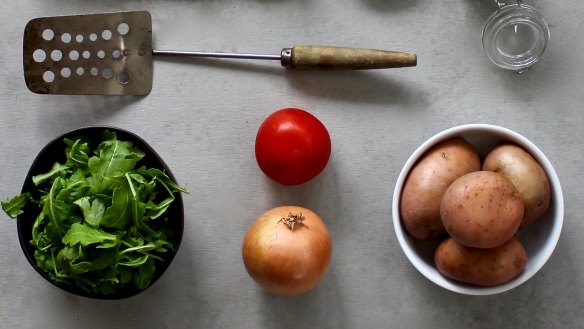
Cook at home
It's the feelgood glow of cooking for yourself, minus the hassle of all that hunting and gathering business. The time-poor gourmand can have all the bits and pieces required for a recipe – plus the recipe – delivered to the door with a growing number of outfits such as The Cook's Grocer, whose customers in Sydney and Canberra can choose from a recipe index including Moroccan fish tagine and lamb ragout with potato gnocchi, with the weighed and measured ingredients delivered to the door along with the recipe card. National industry player Hello Fresh takes a similar approach, with boxes of meat, fruit and veg and everything else delivered with – they promise - "idiot-proof recipes".
Body beautiful
Various food apps are aimed at people terrifyingly comfortable with the phrase "boot camp", usually featuring photographs of ultra fit people wearing very little. Catering to those interested in weight loss, "cleansing", supplements or just being generally healthy (with a sprinkling of superfoods), head to an app such as Eat Fit Food (Melbourne and Sydney) for a bunch of options including a six-week plan of pre-prepared meals being delivered to the door.
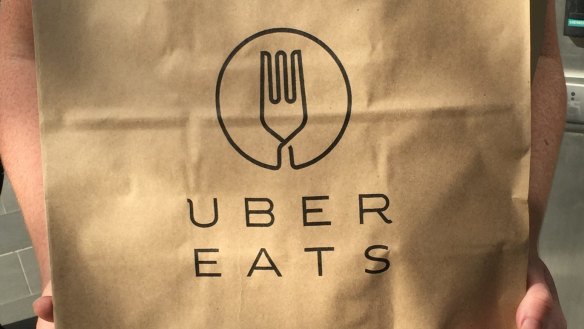
Restaurant app gold rush needs some fine tuning
The food arriving on your doorstep steaming inside a box hasn't been quite so exciting since Pizza Hut launched its stuffed crust, but are all home delivered meals truly equal?
Restaurant industry consultant Tony Eldred says he would advise restaurant owners to take a "wait and see" approach to the home delivery app gold rush.
"There is a real lemming mentality out there. People are jumping into it but it might be doing more harm than good. A lot of issues are attached to it and some of them won't ever be ironed out." Only certain foods will travel well, he points out. "Chefs would be wise to cook their food, put it in a container, rattle it around a bit, leave it for 30 minutes, then see how good it looks and tastes. It sure ain't too sexy by the time it arrives at your house."
The home delivery industry's growth indicates healthy vital signs, but the question remains: is it the triumph of convenience over quality?
When Andrew McConnell signed up his Asian canteen Supernormal to the launch of UberEATS after ignoring the likes of Deliveroo and Foodora, it was primarily for "the way it was structured and set up – and there's also a bit of marketing attached to it." He was won over by the simple to use platform, which is on an iPad that UberEATS gave the restaurant. As for concerns that the intensity of takeaway traffic will disrupt the flow of food to customers sitting in the dining room, McConnell's solution is simple: "If the restaurant is busy we just turn it off."
Supernormal remains UberEATS' prime catch in its Melbourne launch, and it was inevitable the move would put the food in the critical spotlight. McConnell devised an UberEATS menu of 10 dishes deemed travel-hardy and ordered biodegradable cardboard packaging. The lobster roll, high on the hit parade, was criticised by The Age restaurant critic Gemima Cody, among others, to be somewhat dry by the time it reached its destination.
"I thought the lobster roll was bulletproof," McConnell says, "but not everything survives biodegradable cardboard."
The feedback has prompted a lobster roll reappraisal. There will be more sauce to counteract the travel time's drying effects, but overall, says McConnell, "It's never going to be the same as eating it in the restaurant. Surely you can't expect it to be like it being handed to you by a chef across the marble bar. And if you do, then come on down."
Restaurant reviews, news and the hottest openings served to your inbox.
Sign up